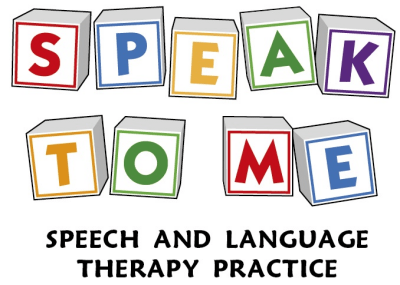Everything You Need To Know About Speech and Language Therapy Homework
- 24 August 2015
- Rosie Dwyer
This blog will let you know how to go about completing speech and language therapy homework, it will list ideas on how to make speech and language therapy homework fun for your child and explain how to get the most buy in at home.
Your child is currently attending speech and language therapy classes. Your speech and language therapist (SLT) will have given you goals for therapy and some ideas on how to target set goals at home with your child. It is important to explain to your child (if they are old enough) that you will be doing regular Talking Time sessions at home to help them become a great talker.
In order for speech and language therapy to be effective, your child needs regular practice. The ideal is for you and your child to have between five to seven Talking Time practices per week. Talking Time does not have to be for a long time, sometimes five to ten minutes will suffice. Check the recommendations for your child with your SLT.
Lets picture your child’s talking practice as training. Lets say that they are training to run a marathon. It is much more effective for their training regime to complete regular short runs every day, rather than to save it all up for the weekend and to complete one massive run that will leave them tired and sore. This is the same with Talking Time, short, regular practice is key.
For a younger child, zero to three years…
For a young child, it is important that speech practice takes the form of play. It needs to be fun in order to motivate your child to want to communicate. It is often a good idea to start with your child’s most loved toys, favourite games, and favoured snacks. You might want to write yourself a brief weekly schedule, outlining what days you are able to squeeze in practice, what times of the day (e.g. breakfast, morning tea, morning play time, driving in the car, lunch, afternoon tea, afternoon play time, bath time or bed time), and what toys, games or activities you want to use in your Talking Time that day.

Think about incorporating a lot of different types of play and learning into your child’s Talking Time.

Your speech and language therapist has started to or will teach you the strategies and therapy techniques that you will need to practice at home. Communication with your speech and language therapist is important. If you are finding anything hard or need clarification, then please discuss this with your SLT. You can brainstorm together ways to make it work. Just remember your SLT has seen it all and more than likely will have some tricks up their sleeves to help you out.
For an older child, three years onwards…
Talking time can still take place in the form of play but we can also introduce more structured games. It is still a good idea to practice for five to ten minutes, five to seven times per week. Some ideas for more structured games include:

If your speech therapist has given you a set of articulation or core vocabulary cards, you can try the following games:

It is a good idea to keep games that you use for Talking Time separate from the games and activities your child has access to on a day to day basis, as this keeps it more exciting.
Older children may also benefit from a selection of SLT iPad apps to help them complete set homework. Please ask your SLT which apps would be suitable for your child.
Good luck with the homework!
Rosie
